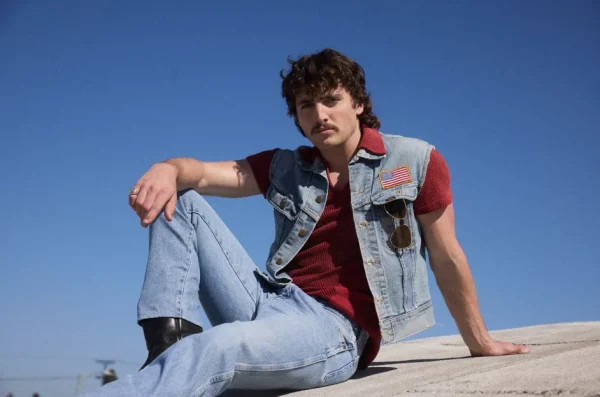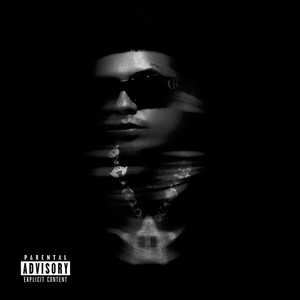Meadow Brook Theatre presents ‘Blues in the Night’
“Blues in the Night” is the latest musical to grace the Meadow Brook stage. Between the live band, entrancing harmonies and vintage vibes, what’s not to love?
This show is an homage to the Modernist movement in the early 20th century. Modernism reflects the desire for change and transformation in Western culture at the time. Art, literature and philosophy of all kinds experimented with reconstructing the world as we know it into something…else — something abstract, something new.
That being said, the show itself has no rigid or distinct throughline which is in part due to it being a musical revue — a combination of songs, dances and scenes all pertaining to a particular theme.
I thought it was brilliant that “Blues in the Night” was written how it was, seeing as it is representative of Modernist themes; the writers played with the structure of traditional musical theater, allowing audience members to have liberty in interpreting what they’re watching.
“Keep in mind that part of the allure of this show — especially our production with the set, the lighting, the costuming — is to pull you into this world,” Angela Birchett, who portrays the Lady of the Road, said. “If you start from there, […] the stories will unfold because you’ll start to see a throughline of everybody — how they’re different, how they’re similar and why these particular people are there. You’ll figure that out or come up with that for yourself.”
There are a couple moving parts to note while watching “Blues in the Night.” First, the music is a theme in itself — however, it’s not easy to trace exactly what the blues entail. It’s a style of music that’s developed.
“As I started listening and getting more exposure to different types of music […], I understand what the blues is about,” Parnell Damone Marcano, playing the Man in the Saloon, said. “I understand that it wasn’t always just about, ‘oh, my life is so terrible,’ but it’s that common human [need] to get [some strong emotion] up out of me as opposed to carrying it in.”
Blues is a style of music with range. As Marcano said, it’s not simply an expression of the dreariness of life, but of any powerful feeling: passion, desire, excitement. That being said, the technicalities vary, as well.
Blues music consists of many musical motifs borrowed from jazz and gospel music, but remains distinct in its own way. The genre, from a technical standpoint, is equally as broad, and thus complicated, as it is from a thematic point of view.
“Blues is its own thing,” Birchett said. “It’s not something that you can fake.”
A second crucial part to pay attention to during this show is the underlying commentary about the style of life in the 1920s and 1930s. Speakeasies, prohibition, flapper girls — all staples of this time period speaking to city-folks’ seductive, lavish ways of life.
In addition to the normalization of luxuriously scandalous lifestyles, this post-war era was also known for the Harlem Renaissance — a golden age for Black artists in America.
“You cannot talk about American History and not talk about Black people […] if you want to tell the full story,” Marcano said. “It’s great when shows like this come up, because it makes people [realize] that the music that connected, that despite powers that wanted to keep people from listening to race music, something about the music just […] makes people respond.”
Historically, Black American artists have paved the way for American music and culture, so it’s only natural to have a show devoted to celebrating blues.
To be entirely honest, I was not exactly enamored by the idea of this show at first, but it exceeded my expectations. I was taken aback by how carefully-handled the blues-style was, and by how strategically put-together the production design was.
The stage is set so there’s never a dull moment. Its abstract nature — floating windows, various levels — struck my attention as identifiably Modernist. In combination with the lighting design, costumes and performance, of course, “Blues in the Night” is an accurate display of life in the early 20th century.
“The focal point of this show is to immerse yourself in an era that is very specific to American music and culture,” Birchett said.
Everything about this show is uniquely American. From the structure, to the music to the themes. “Blues in the Night” captures the true essence of American culture. Well done, Meadow Brook.
Tickets range from $37 to $46 and are available by calling the Meadow Brook Theatre box office at (248) 377-3300 or going online at www.ticketmaster.com. Discounted tickets are available for students at the box office for $12.











